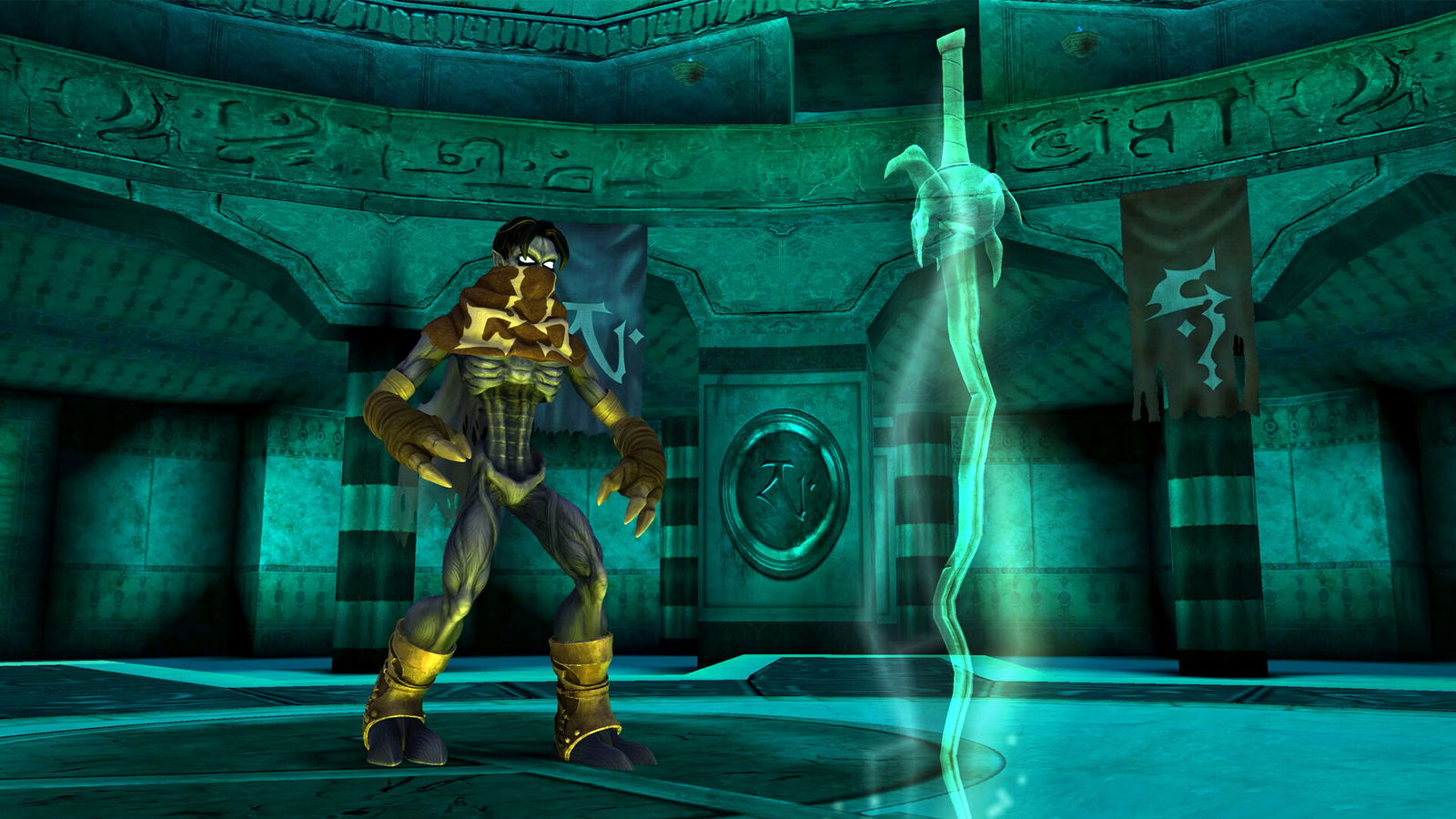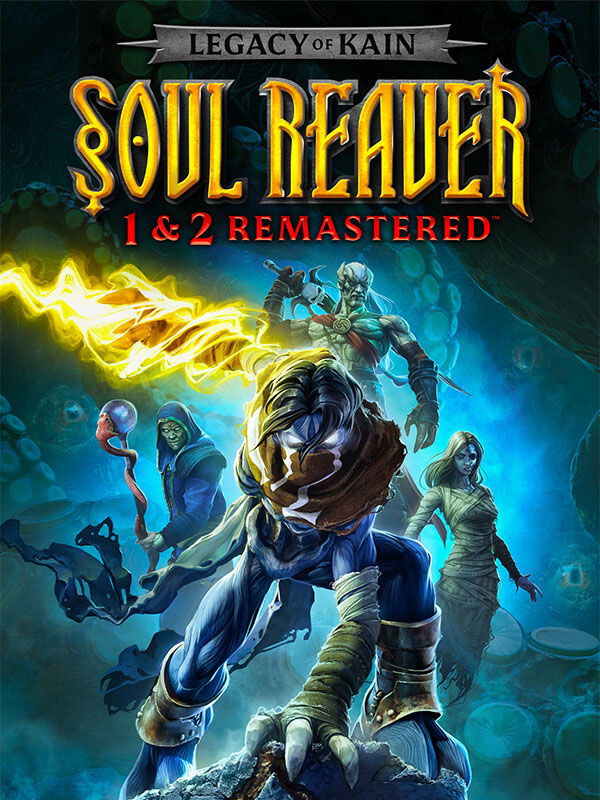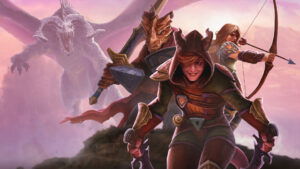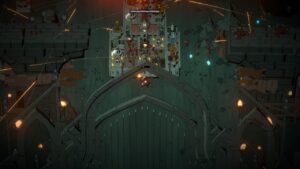The Legacy of Kain: Soul Reaver 1 & 2 Remastered collection represents a cherished era in my gaming memories. These two games entered my life during what I consider the most exciting period in gaming—the sixth generation—when the Sega Dreamcast, PlayStation 2, Nintendo GameCube, and eventually Microsoft Xbox were all fiercely competing for gamers’ attention with groundbreaking visuals, innovative gameplay, and increasingly mature narratives. I owned both the original 1999 PlayStation version of the first game and the visually superior Dreamcast port that came out a year later. In my eyes, the Dreamcast version was the first “3D remaster” I ever played that truly looked the part, long before remasters became common.
Launched on December 10 to commemorate the Legacy of Kain: Soul Reaver’s 25th anniversary, this two-game anthology includes modern remasters of the first two Soul Reaver titles. It finally gives gamers the chance to play these classic games back-to-back on modern consoles at a reasonable price. Notably, Soul Reaver 2 never saw a release on the original Xbox back in the day, so seeing both games packaged together on Xbox Series is a significant moment for me.
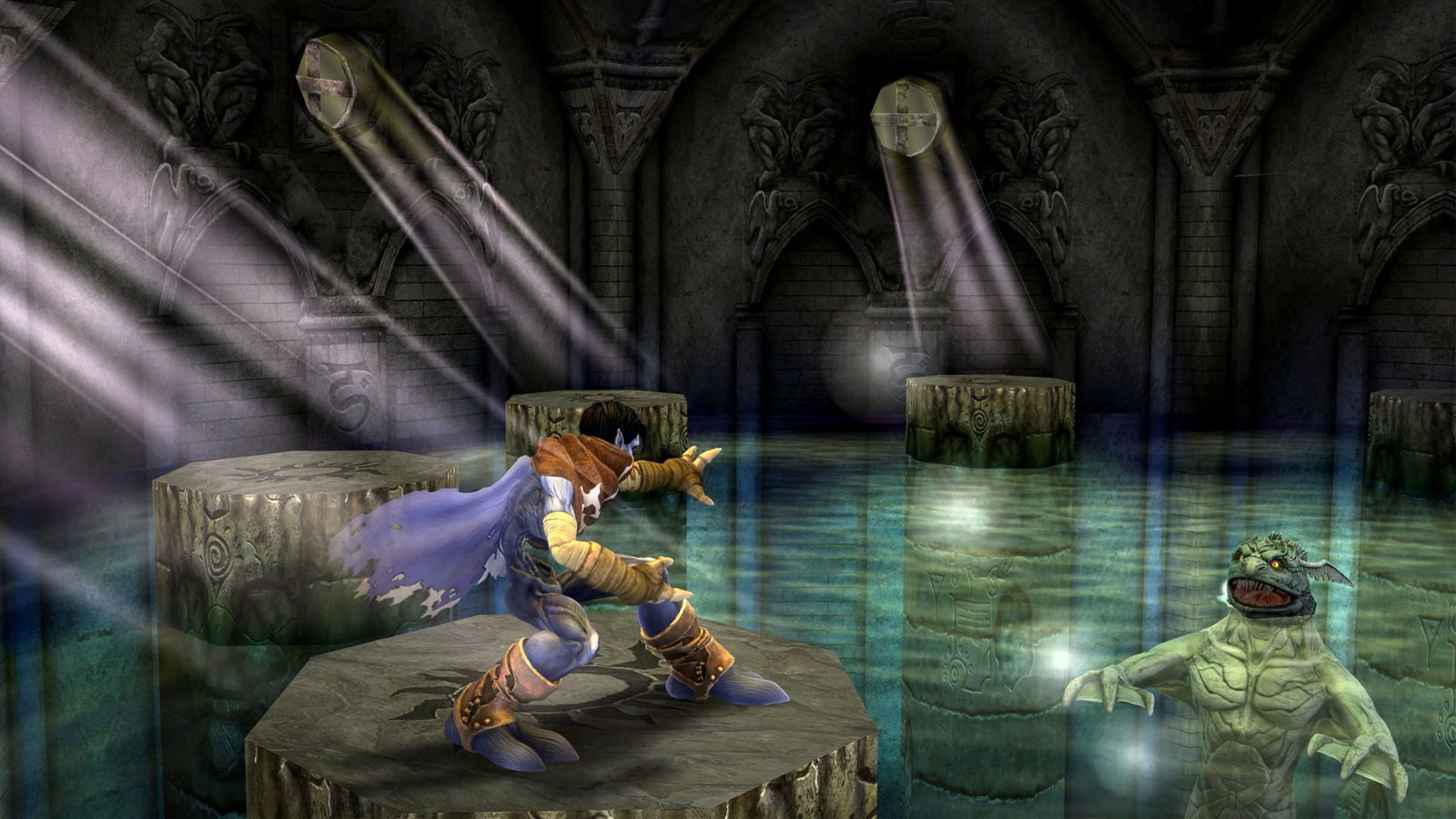
Set approximately 1,500 years after the events of Blood Omen: Legacy of Kain, Soul Reaver 1 & 2 Remastered shifts the franchise’s focus from the anti-hero vampire lord Kain to his prodigal son, lieutenant, and former second-in-command, Raziel. The eldest of Kain’s bloodline, Raziel was betrayed by Kain a millennium ago after evolving ahead of him by growing wings—a development Kain interpreted as a forewarning that Raziel was becoming “more divine” and thus a direct threat to his rule. In response, Kain ruthlessly tore the skeletal bones from Raziel’s wings and commanded his five younger lieutenants to cast their maimed brother into the Well of the Dead, condemning Raziel to burn in agony for all eternity.
“The Legacy of Kain: Soul Reaver 1 & 2 Remastered collection represents a cherished era in my gaming memories.”
In a twist Kain could not have anticipated, Raziel not only survives the well but is released from his torment by a non-corporeal being known as The Elder God. The Elder God’s role is to ensure the continued churn of the Wheel of Fate, which governs the cycle of reincarnation.
Kain’s refusal to sacrifice himself at the conclusion of Blood Omen nearly two millennia ago has not only halted the Wheel of Fate but also doomed the realm of Nosgoth to ceaseless, putrid decay, forcing The Elder God to intervene by resurrecting Raziel as his “Angel of Death.” Seeking vengeance against Kain for a millennium of unjust suffering, Raziel aligns himself with the Elder God, as their goals temporarily converge.
Although he remains immortal, Raziel is no longer the powerful vampire he was a thousand years ago. Decimated by centuries of pain and suffering in the well, he emerges as a wraith who no longer feeds on the blood of living creatures. Instead, he has become a devourer of souls—an ironically ideal skill in the barren world Nosgoth has become.
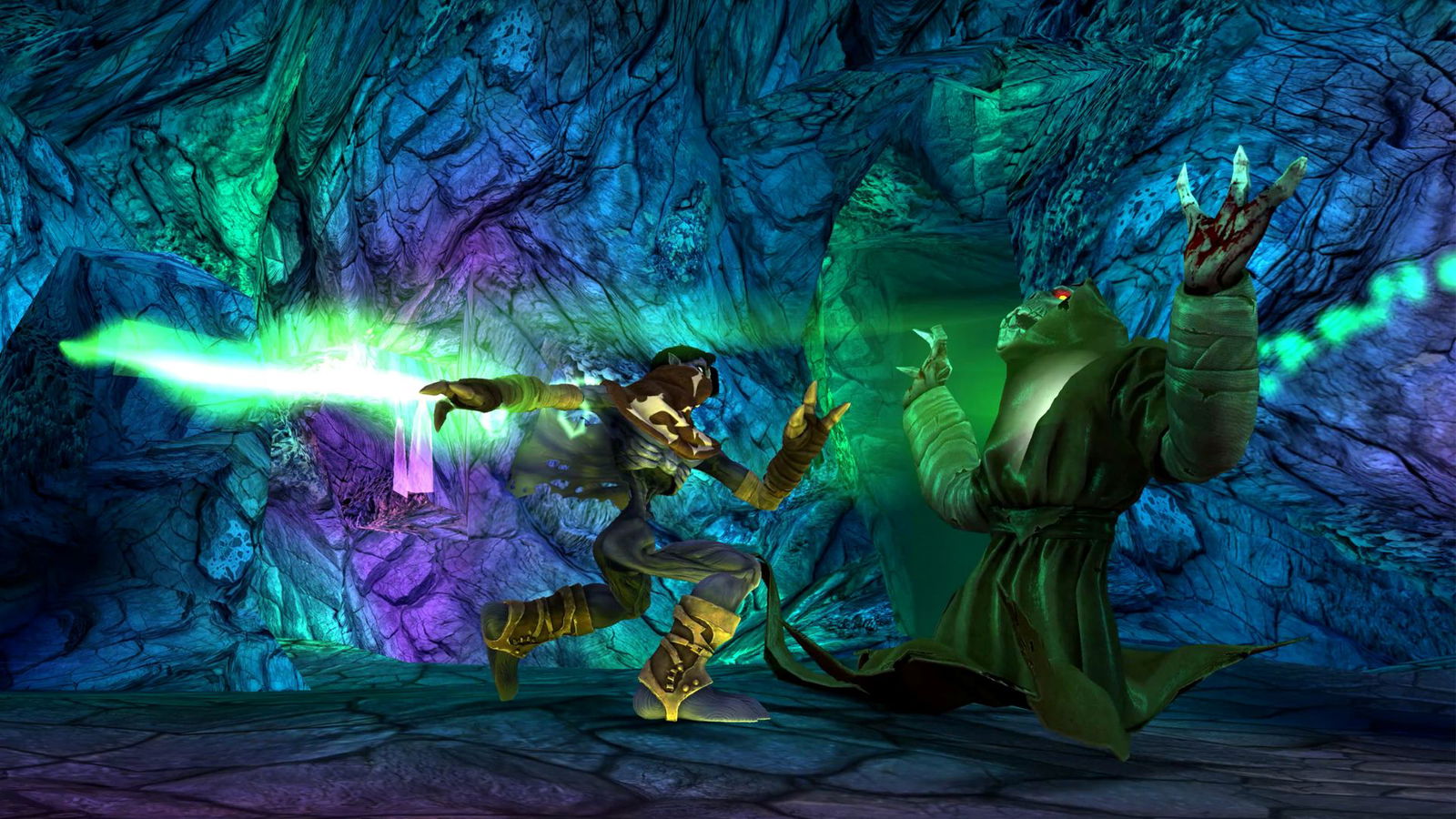
With humanity all but wiped out by vampires and Kain’s clan ruling the land as apex predators, souls abound, ready to be reaved from nearly every creature, be they human, vampire, ghoul, or some other otherworldly form. Naturally, gathering “soul energy” becomes essential for utilizing Raziel’s wraith powers, which, among other things, allow him to shift between the Spectral and Material realms of existence.
Raziel begins with only a handful of abilities. He can attack enemies with his claws, impale weakened vampires on sharp objects, or throw them onto bonfires to kill them with flames. Using the flimsy, tattered membranes that were once his wings, Raziel can float and slow his descent while jumping to traverse large gaps. When filled with soul energy, he can shift into the Material realm, enabling him to interact with physical objects. For instance, in the Material realm, Raziel can pick up weapons, torches, or large stones, manipulate heavy objects such as concrete blocks, and open doors that he cannot pass through in the Spectral realm.
More importantly, environments in the Spectral realm often differ significantly from their counterparts in the Material realm. As Raziel, players will regularly need to shift between realms to access certain entrances, reach important handholds, footholds, or ledges, and activate mechanisms that only manifest or are visible in one realm versus the other. While Raziel can shift back to the Spectral realm at any time, he can only shift into the Material realm when his soul energy meter is full, and he is standing at a strategically placed “blue” portal.
Should Raziel fail to feed or sustain enough damage to fully deplete his soul energy meter, he will be transported back to the Abyss, where he must once again traverse Nosgoth to reach his current objective. This can be inconvenient when forced to fight through a group of troublesome enemies but can also serve as a helpful shortcut if the next objective is closer to the Abyss and faster to reach by walking from there rather than trekking back from the current location.
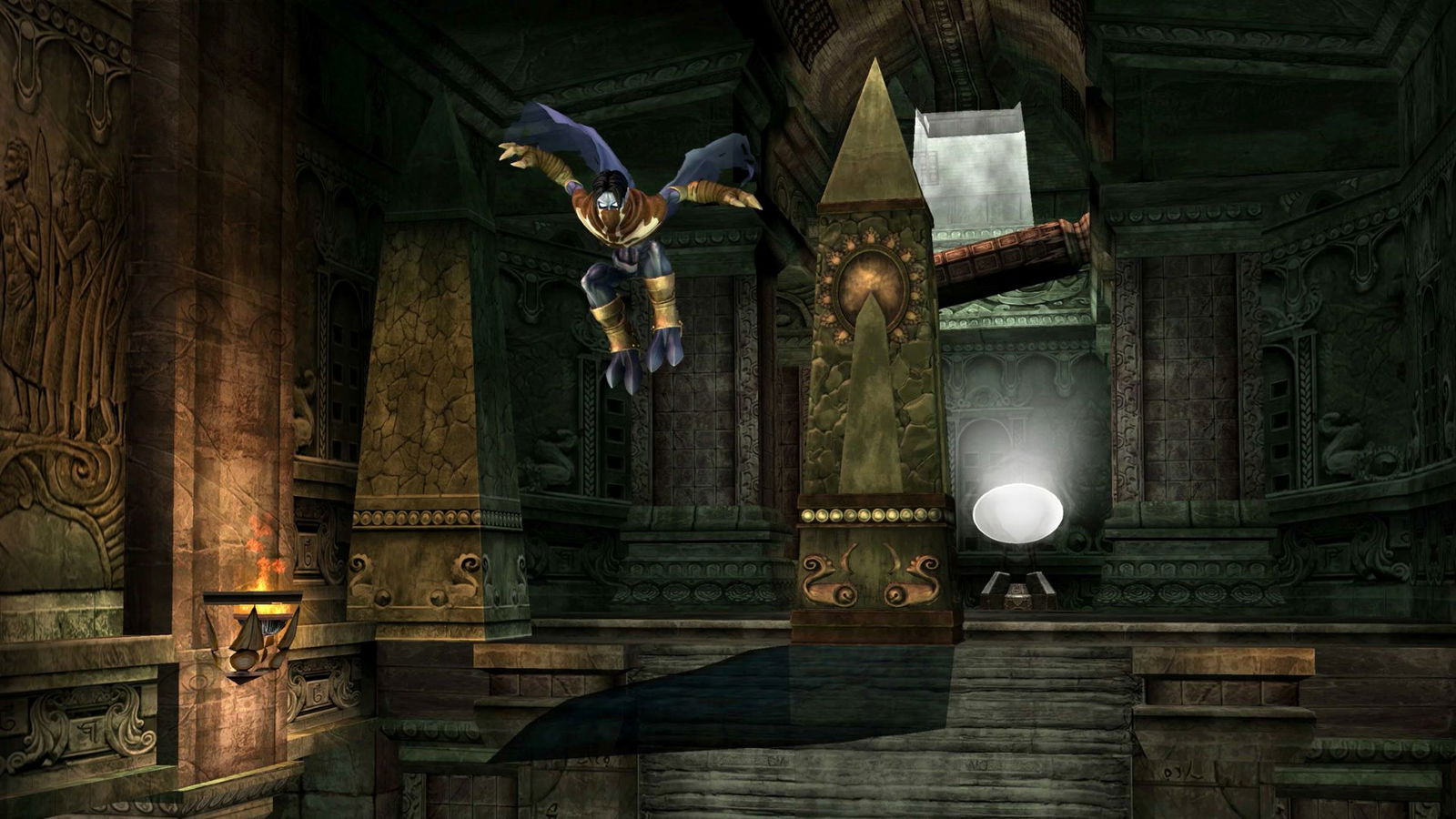
The gameplay becomes even more engaging once Raziel begins hunting down, confronting, and defeating his vampire brethren. Each victory grants him a new power based on the abilities of his fallen siblings, such as the ability to phase through barred gates, climb specific types of stone walls, use telekinetics, or wield a variant of Kain’s Soul Reaver Blade. These mechanics integrate seamlessly into the game’s challenging puzzles, encouraging players to revisit areas where their newly acquired skills might unlock previously inaccessible locations. The Soul Reaver games embody the “Metroidvania” style in this regard.
“The Soul Reaver games embody the ‘Metroidvania’ style, seamlessly integrating challenging puzzles with newly acquired skills.”
Portal rooms located in each game area, once unlocked, allow players to fast-travel to different regions of Nosgoth more efficiently—though there is a catch, which will be touched on later.
Players seeking a deep, lore-rich narrative supported by exceptional writing and voice acting can confidently invest their $30 in Soul Reaver 1 & 2 Remastered. Directed and written by Amy Hennig (Uncharted, Jak and Daxter), the games deliver dramatic weight that remains rare even today. The writing and dialogue feel almost poetic, while the performances of the main cast, particularly Michael Bell (Raziel), Simon Templeman (Kain), and Tony Jay (Elder God, deceased), continue to evoke shivers decades later. This trio delivers their lines with authority and subtlety, avoiding caricature while fully inhabiting their characters.
Naturally, those considering this remaster will be curious about the updated visuals compared to the originals, which are, frankly, “just fine.” A single click of the L3 button toggles between modern remastered visuals and the original graphics, exposing the 6th-generation visuals that served as the foundation. Adapted from the original source code and engine by Crystal Dynamics, the remastered visuals offer a nostalgic yet polished presentation. The “original mode” captures the games as players might nostalgically remember them from the PlayStation and Dreamcast, despite the reality that the graphics were far less refined on those platforms.
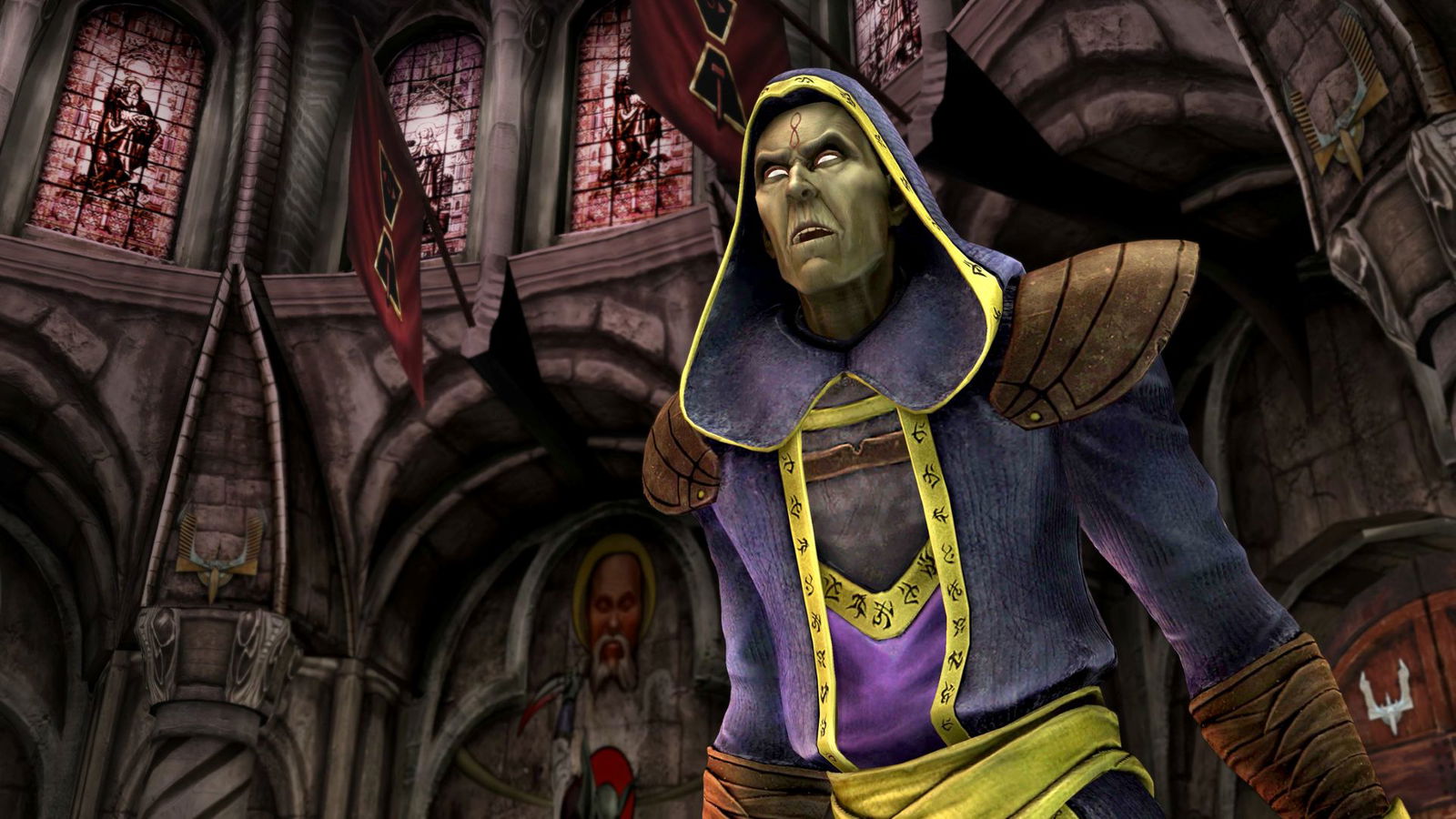
In addition to the improved resolution, players now experience a 16:9 widescreen presentation, cleaner visual details overall, and the welcome absence of the texture warping issues that plagued the original PlayStation version.
However, the controls feel dated by today’s standards, despite some noticeable improvements. The game camera remains touchy and unwieldy, often zooming in right behind Raziel just as the player is about to make an important jump. This can obstruct the view, resulting in repeated missed jumps, each time requiring a tedious climb back to try again. On the bright side, Soul Reaver 1 & 2 Remastered now features skyboxes, allowing players to look up using L3 and RT. Additionally, the new Photo Mode’s free-moving camera serves as a handy tool for freezing the game and exploring large sections of the environment to locate hidden paths without the risk of climbing there first.
“The remastered visuals offer a nostalgic yet polished presentation, capturing the games as players might nostalgically remember them.”
More frustrating than the slippery platforming is the pathfinding, which has long been a challenge in the Soul Reaver games and remains so, despite two new additions intended to improve navigation: an in-game map and a live compass. Created by Aspyr, Crystal Dynamics, and the Legacy of Kain community, these tools were designed to help players navigate Kain’s fallen kingdom. The map of Nosgoth is accessible via the LB button and the live compass, always visible in the top-left corner of the screen, orients itself based on Raziel’s direction. While these features had the potential to enhance the experience, their implementation falls short.
The in-game map is static, allowing players only to cycle through a list of 20 or so points of interest with an arrow cursor and roughly locate their position relative to those landmarks. Players cannot set waypoint beacons or follow a highlighted path to their next objective. While the compass could theoretically guide players alongside the map, Nosgoth’s twisted paths, tunnels, lairs, and strongholds are too labyrinthine for the compass to be of any practical use. Ultimately, both tools amount to little more than window dressing.
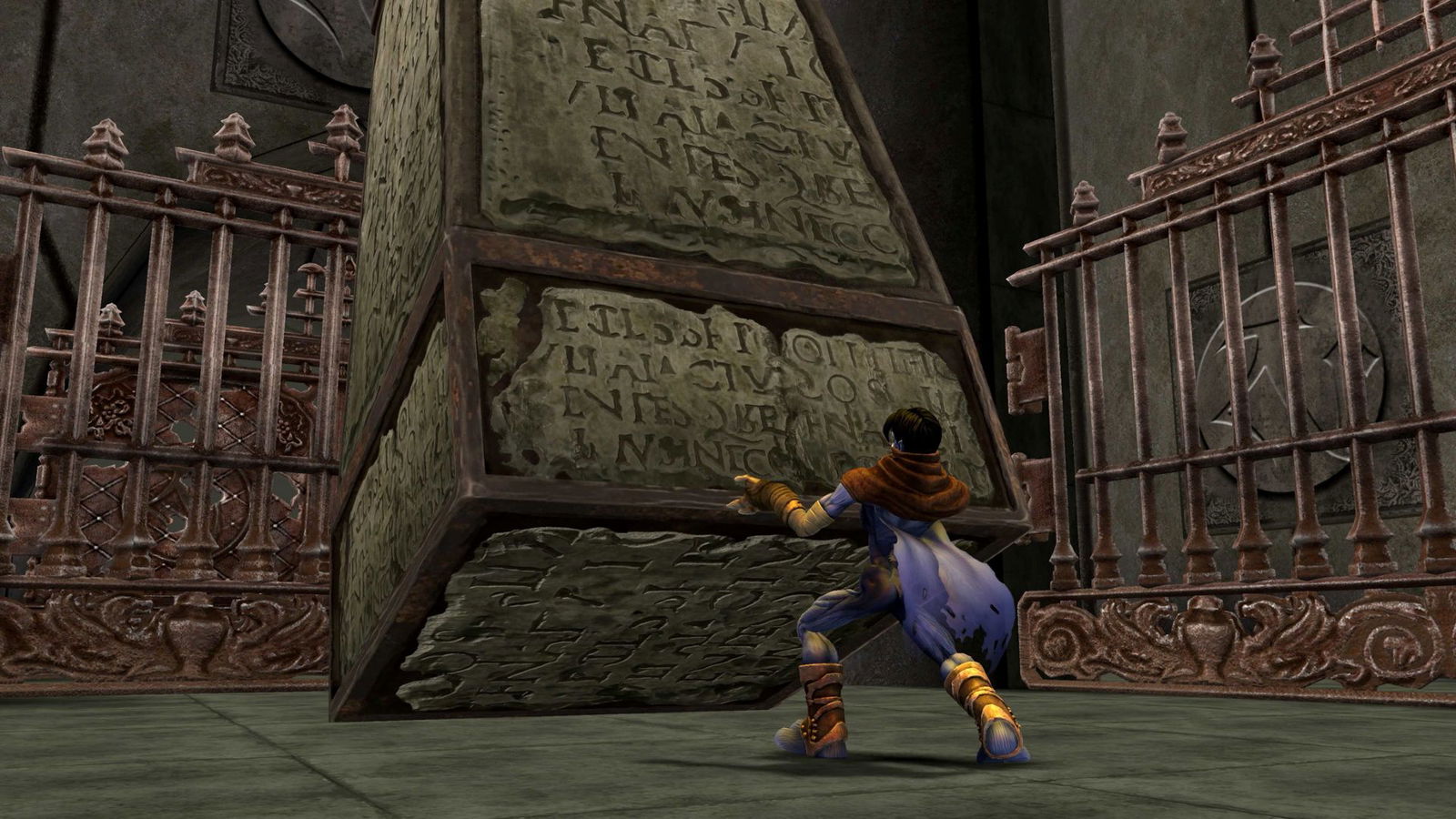
As a result, new Soul Reaver players will have to navigate Nosgoth as previous generations did—memorizing the iconography of portals to determine where to teleport next and wandering in circles for hours trying to solve environmental puzzles with no explicit hints, aside from the cryptic riddles provided by The Elder God. These games hail from a late 1990s/early 2000s era, a time before visual cues like conspicuous white or yellow paint on ledges, as seen in Uncharted or Tomb Raider, telegraphed where players should climb. While this design approach may frustrate modern players, it carries a sense of old-school pride that veteran gamers from that era can respect.
Having said that, Soul Reaver 1 & 2 Remastered displays some oddities that made me question whether certain puzzles were functioning as intended. For example, two puzzles involving ringing large bells early in Soul Reaver 1 caused significant confusion during my playthrough. In one case, misleading audio cues added to the frustration, while in another, a third bell appeared to serve no purpose when struck. While I was eventually able to progress, it required several hours of wandering in circles, unsure of what to do next.
Despite these issues, I’m happy to report that none of these problems were enough to dissuade me from revisiting Amy Hennig’s dark vampire revenge fantasy. The gameplay mechanics may feel somewhat dated, and the pathfinding even more so, but with patience, an observant eye for uncovering secrets, and an appreciation for engaging, well-written stories, players seeking a challenge will find that this classic collection is well worth the investment.
